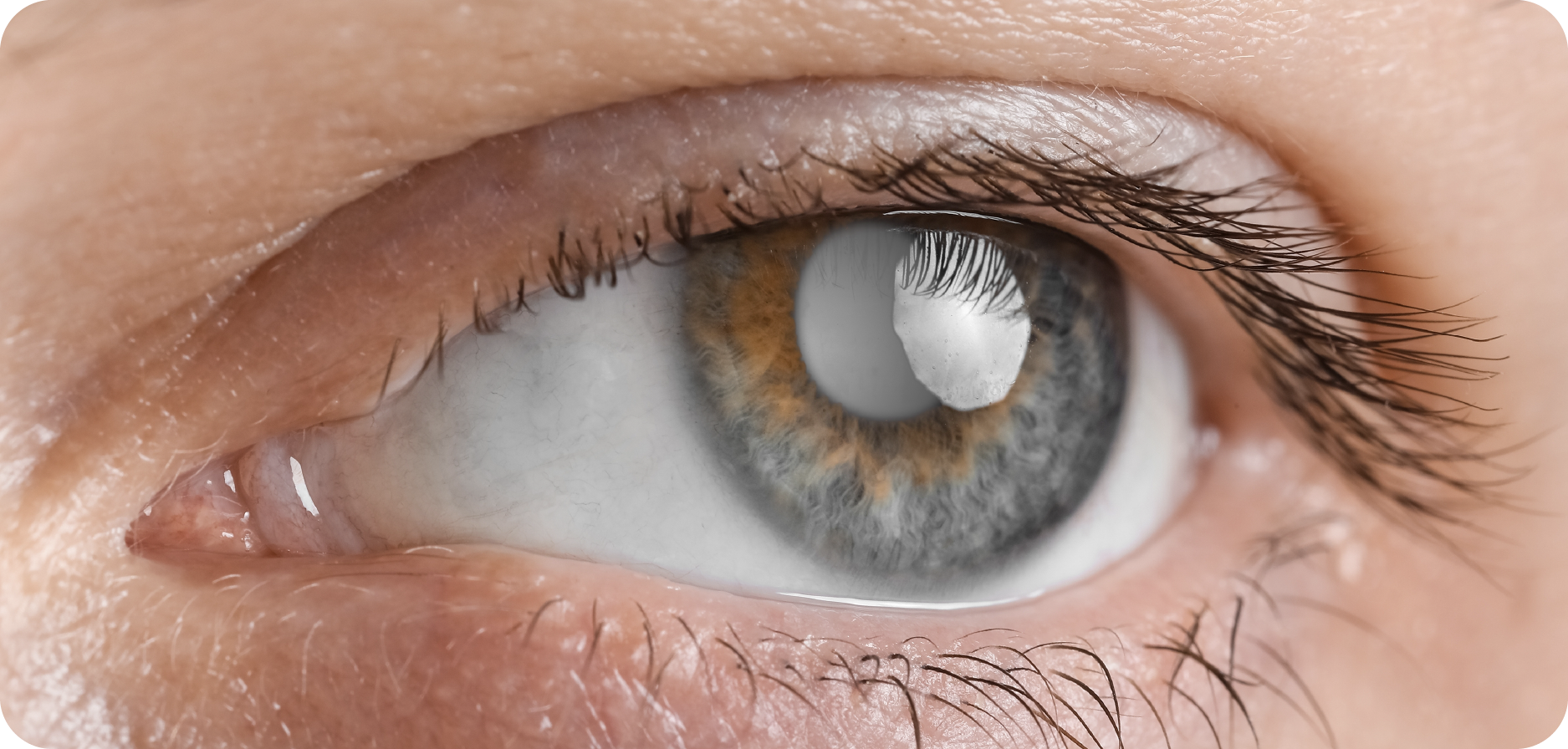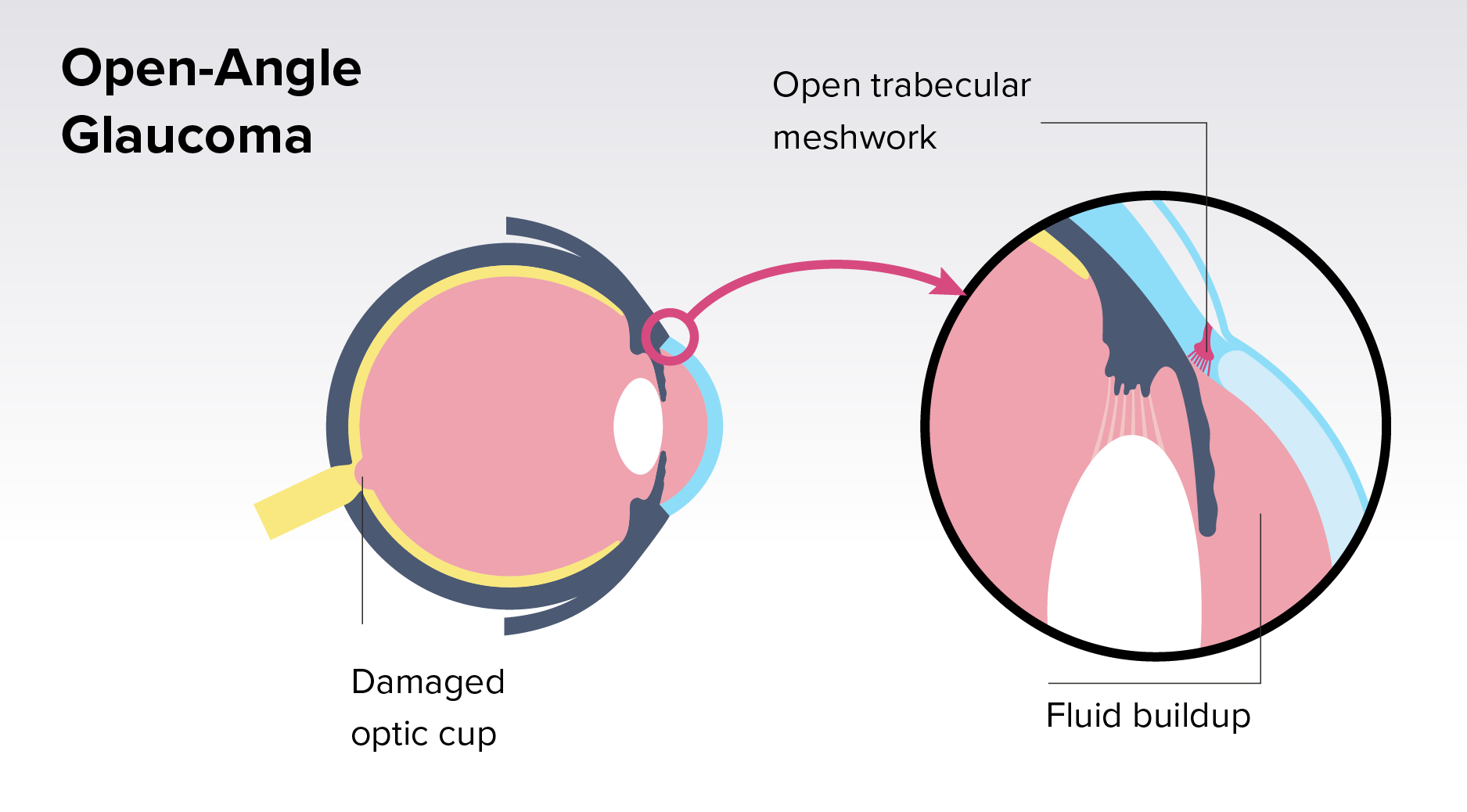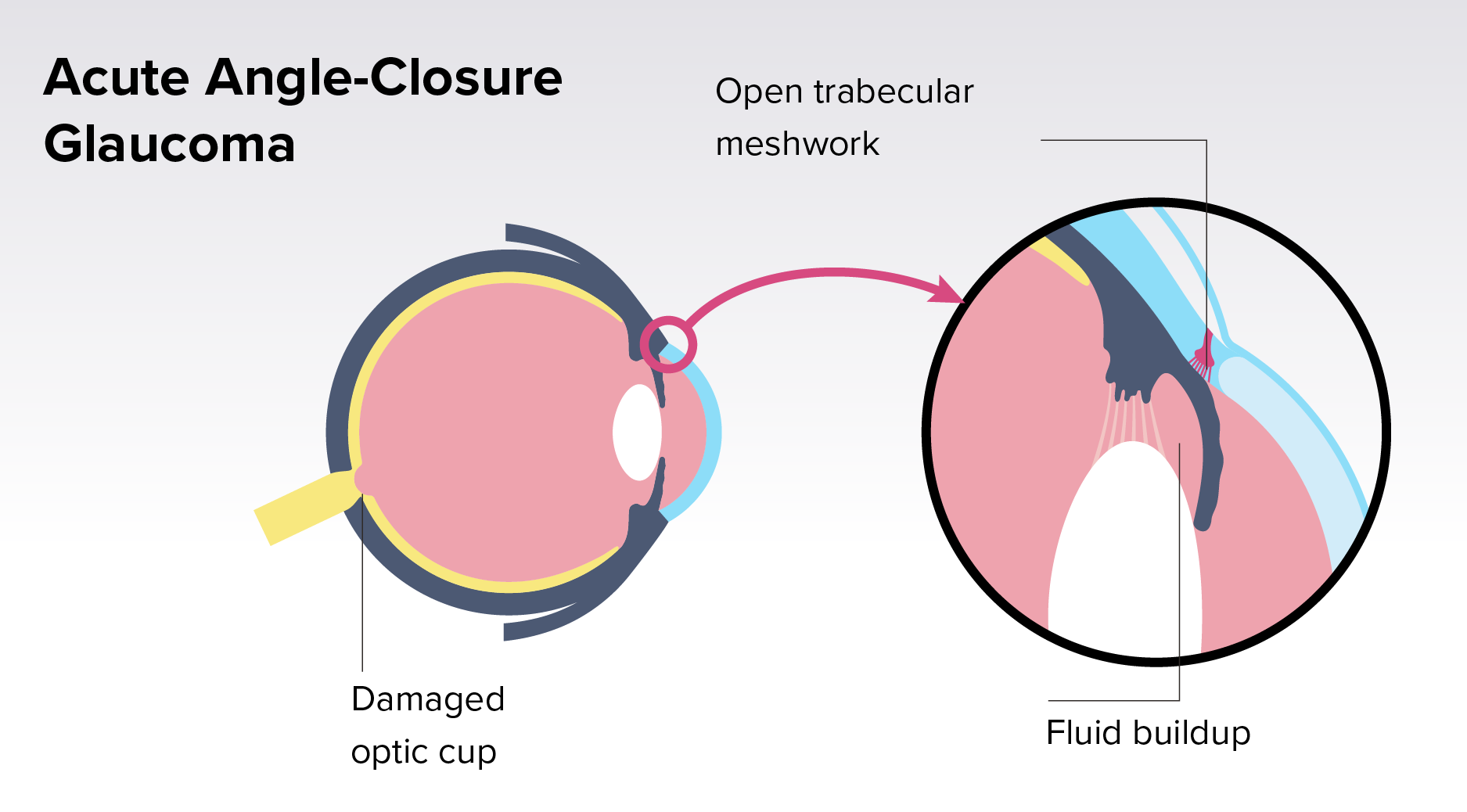
Glaucoma is one of the leading causes of irreversible blindness in the world. A silent but effective thief, it can rob a person of sight without being noticed until the damage is done.
Can glaucoma be cured? This is a common question for those who fear they have it or have already been diagnosed.
This article will break down what current science says about glaucoma treatment to answer the question.
The term “glaucoma” is used for a group of eye conditions that damage the optic nerve. This is the nerve responsible for transmitting visual information from the eyes to the brain.
In most cases, glaucoma damages this nerve through high intraocular pressure (IOP). This refers to the pressure within the eye.
This can lead to the nerve being unable to send visual information to the brain as usual. The result is permanent loss of vision.

Open-angle glaucoma is the more common of the two glaucoma types. It typically causes no pain to the patient nor any redness or blurring of vision, even with high IOP.
Because of this, it is very often overlooked. Its slow and silent progression can still lead to visual loss when not treated.

There are 2 forms of angle closure glaucoma. The more common form is where the eye pressure rises slowly and damage occurs over a few months. There are few symptoms in the early stages.
The less common form is the acute type, where the eye pressure rises over a few hours. This form of the condition presents suddenly and with severe, highly noticeable symptoms.
Because it can quickly cause permanent damage, this form of angle-closure glaucoma is considered a medical emergency, and patients must seek prompt medical attention for it.
Here are some of the signs of acute angle-closure glaucoma:
This type of glaucoma is a medical emergency and requires immediate treatment.
There is currently no cure for glaucoma. However, it can be managed to prevent further vision loss in a patient.
At present, medications to treat glaucoma are designed only to slow or stop its progression. There are no treatments that can reverse optic nerve damage once it has occurred.
This means that patients who manage their condition earlier are more likely to preserve their vision and quality of life. This is because they “freeze” the condition before it can cause serious damage.
The goal of glaucoma treatments is generally to lower IOP in order to prevent further optic nerve damage.
Below are some of the common glaucoma treatment options available:

The most common first-line medication to treat glaucoma is prescription eye drops. These glaucoma treatment drops contain various medications to either reduce fluid production or increase fluid drainage from the eye.
This is because fluid build-up is a common cause of high IOP for people with glaucoma. Examples of medications that may be used are prostaglandins, beta-blockers, and alpha-adrenergic agonists.
These are less commonly used than eye drops. However, they may be added if the glaucoma treatment drops are not enough to bring down the patient’s IOP.
Laser therapy aims to improve fluid drainage or reduce fluid production for patients, and can be used as a first-line treatment in some cases.
These are only recommended when prescription eye drops, medication, and laser therapy are not options or are not effective. Here are the 3 types of surgical procedures often used:
Note that the procedure and individual treatment plan will depend on the type and severity of the glaucoma.

At present, researchers are exploring ways to repair optic nerve damage and restore vision. While a cure is not yet available, ongoing research offers hope.
Below are some promising areas of study for glaucoma treatment:

Regular comprehensive eye exams are crucial for the early detection of glaucoma. As this is a condition where delayed action can lead to irreversible damage, early treatment is ideal.
If you are diagnosed with glaucoma, you should follow your eye doctor’s advice. Take prescribed medications consistently and follow up with your doctor regularly to monitor progression.
Certain groups of people have a higher risk of developing glaucoma, so it may be advisable to manage the risk factors by maintaining overall health. Diabetes, blood pressure, and smoking are all risk factors.
Even though glaucoma cannot be cured, it can be managed successfully with early detection and consistent treatment. At the moment, proactive care is the best defence.
If you need professional help with that, book an appointment with our eye doctors. We can assess your case to see if you have glaucoma or manage the condition better.